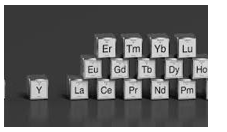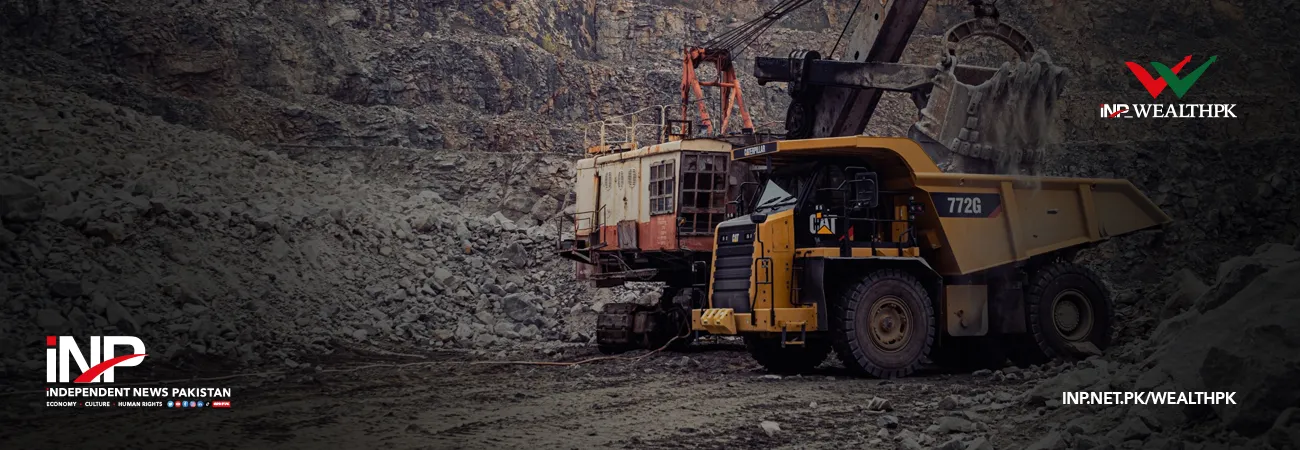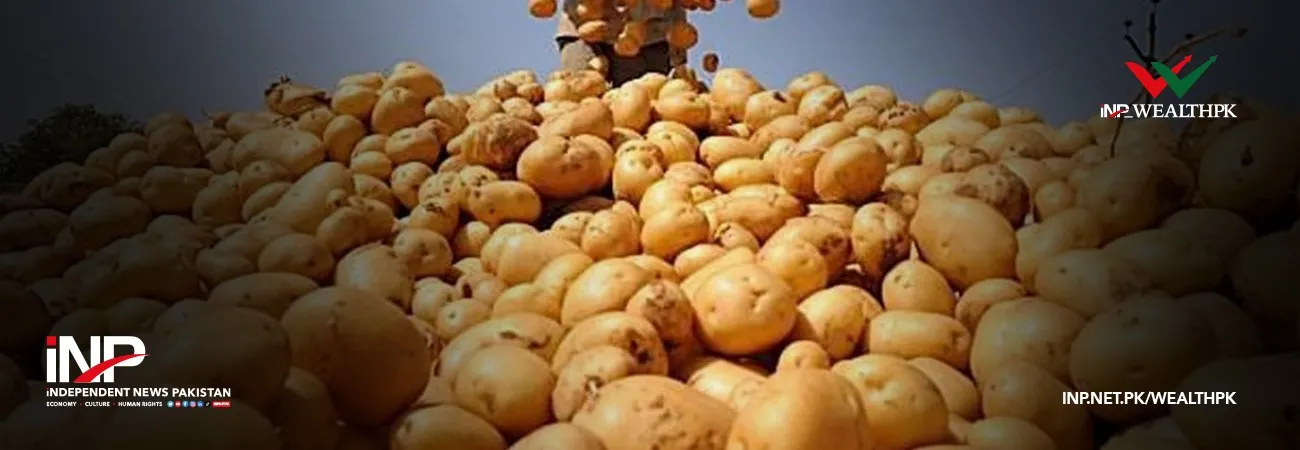INP-WealthPk
Faiza Tehseen

The abundantly occurring deposits of granite rocks are a great source for extracting rare earth elements (REEs). However, the lack of research and development (R&D) is depriving Pakistan of exploiting its enormous potential. Abdul Bashir, Chief Geologist at the Balochistan-based Koh-e-Daleel Minerals (Pvt), Ltd, said this while talking to WealthPK. For sustainable mining practices and economic prosperity, REEs from primary and secondary mineral sources are necessary to unearth, he said. "Concerning the REEs, few studies have ever been performed in Pakistan. Even the related technology is not available here. As a result, it cannot be explained in the existing granite deposits which type of REEs are associated with which mineral and how they are forming colonies or whether they are primary or secondary in nature. Only a systematic R&D system can elaborate on all this.
Without substantial efforts and investment in R&D, no further developments can be made in deposit quantification, deposit type, nature of associated minerals, and traces of REEs in Pakistan," Bashir explained. He said the extensive granite reserves were well exposed as huge mountains in Balochistan, Khyber Pakhtunkhwa (KP), Gilgit Baltistan (GB), and Sindh. The Nagarparkar complex in Sindh bears a-type granite rocks. In Balochistan, the east of Chagai, granite rocks bear fine, coarse-grained crystals, whether they are of hornblende, biotite, pyroxene, quartz, or plagioclase. Only surface mining is sufficient for years and it is not too expensive. He said, "Granite deposits in Pakistan are indeed a potential solution to the international REEs supply quest.
Having a low concentration of REEs, although the extraction process would be complex from granites, with the advancement in technologies, granites can become a viable source for extraction of REEs." Talking to WealthPK, miner and gemmologist Imran Babar said REEs were an integral part of modern-day technology, available in low quantities but high in demand and price. The countries rich in REEs have limited their supply to the outer world and are using them for production of valuable products to extract great economic benefits. "Granite rocks consist of coarse quartz' grains (10%-50% app), sodium feldspar, and potassium feldspar. About 80% of granite is comprised of these minerals. The other common minerals associated with granites are mica (biotite and muscovite) and hornblende.
Granite is the widespread igneous rock that abundantly occurs in Pakistan. Being intrusive rock, with the cooling of magma, it is exposed eventually after the overlying rocks are removed. Light Rare Earth (LREEs; Lanthanum to Europium) and Heavy Rare Earth (HREs; gadolinium to lutetium), in varying quantities, are associated with granitic rocks or granitoid." He said REEs were widely used in various fields – hydrogen storage, alloy, batteries, bio-analysis, nuclear technologies, pharmaceuticals, strategic devices, electric, and electronic products. It is high time for Pakistan to frame R&D outlines in the mining sector particularly to extract REEs. Pakistan can get expert coordination from other countries.
Credit: INP-WealthPk













